How to Use and Care for Your Espresso Machine
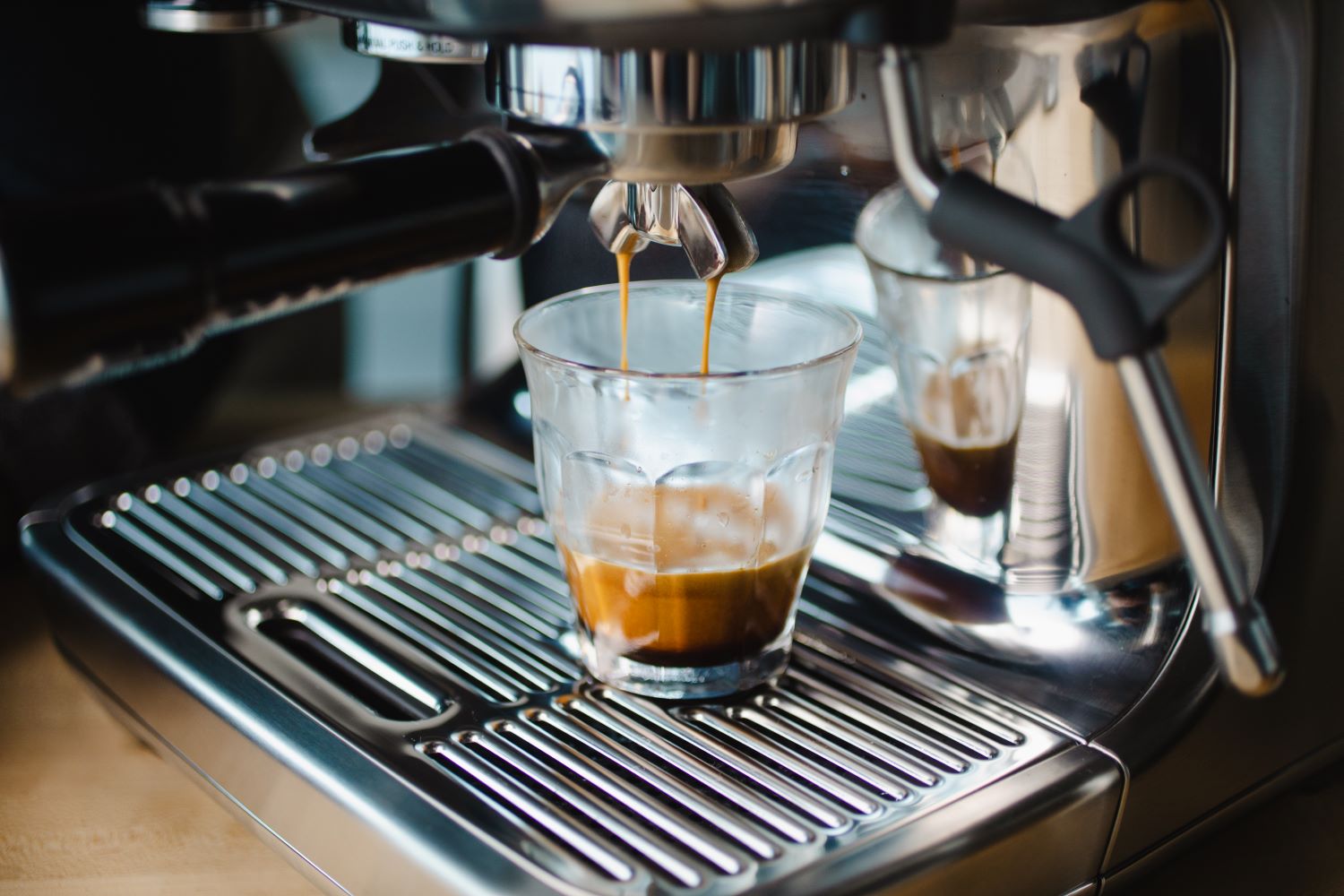
There’s nothing quite like the rich, smooth taste of a perfectly brewed espresso. But if you’re an espresso lover, you know that getting that perfect shot requires more than just high-quality beans and a skilled hand. You also need a high-quality espresso machine—and to know how to use and care for it properly.
In this guide, discover everything you need to know about using and caring for your espresso machine at home, including the parts of an espresso machine, how an espresso machine works, the steps to use an espresso machine and how to clean and descale an espresso machine to extend its lifespan.
Hungry for more? Explore our collection of top-of-the-line espresso machines from Breville, JURA, De’Longhi and more.
Parts of an espresso machine
To learn how to use and care for your espresso machine, it’s essential to first understand its various parts. Espresso machines can come in many shapes and sizes, but most of them share some basic components:
- The boiler: The boiler is the heart of the espresso machine. It heats the water to the correct temperature, which is necessary for making espresso.
- Portafilter: The portafilter is a metal basket that holds the coffee grounds. The hot water is forced through the grounds in the portafilter to create the espresso.
- Group head: The group head is the part of the espresso machine that connects the portafilter to the machine. It’s responsible for directing the water to the portafilter.
- Steam wand: The steam wand is used to froth milk for lattes and cappuccinos. It’s also used to heat water for tea and other hot beverages.
- Drip tray: The drip tray is located underneath the group head and portafilter. It catches any water or coffee that spills over during the brewing process.
How an espresso machine works
If you’re a coffee connoisseur, you may have wondered how an espresso machine works to create that delicious, aromatic shot of espresso. To really understand the inner workings of an espresso machine, it’s important to understand the different components and their roles in the brewing process. Gaining a better understanding of how your machine works not only helps you troubleshoot any problems you may encounter when using your espresso machine at home, but also helps you fine-tune your brewing technique and create consistently delicious espresso shots.
At its core, an espresso machine is a complex piece of equipment that uses heat, water and pressure to extract the flavor and aroma compounds from coffee beans. But how does an espresso machine really work? It starts with the boiler.
As mentioned earlier, the boiler is the heart of the espresso machine. It heats the water to the correct temperature, which is typically between 195–205°F (90–96°C), depending on the type of coffee being used.
This temperature range is important because it allows the hot water to extract the flavor and aroma compounds from the coffee beans, while also creating a rich and smooth texture. Brewing espresso at a higher or lower temperature can result in a shot that is either too bitter or too sour and may not have the desired flavor profile. It’s important to note that different types of coffee beans may require slightly different brewing temperatures, and some espresso machines may have adjustable temperature settings to accommodate these variations.
In the second step, the water is then sent through the group head, which is responsible for directing the water to the portafilter. The portafilter is where the coffee grounds are placed. There are typically two types of portafilters: single and double. Single portafilters hold enough coffee for one shot of espresso, while double portafilters hold enough for two shots.
Once the coffee grounds are in the portafilter, they must be tamped down to ensure an even extraction. Tamping involves using a tamper to compress the coffee grounds evenly into the portafilter. This creates a level surface for the water to pass through, which ensures that the coffee is extracted evenly.
After tamping, the portafilter is locked into the group head, and the brewing process can begin. When the brewing button or lever is activated, hot water is forced through the coffee grounds at high pressure, typically between 8–10 bars. The pressure is crucial for creating a rich, crema-topped espresso shot. As the water passes through the coffee grounds, it extracts the oils and flavors, creating a smooth, flavorful shot of espresso. The espresso then drips into a shot glass or cup, ready to be enjoyed.
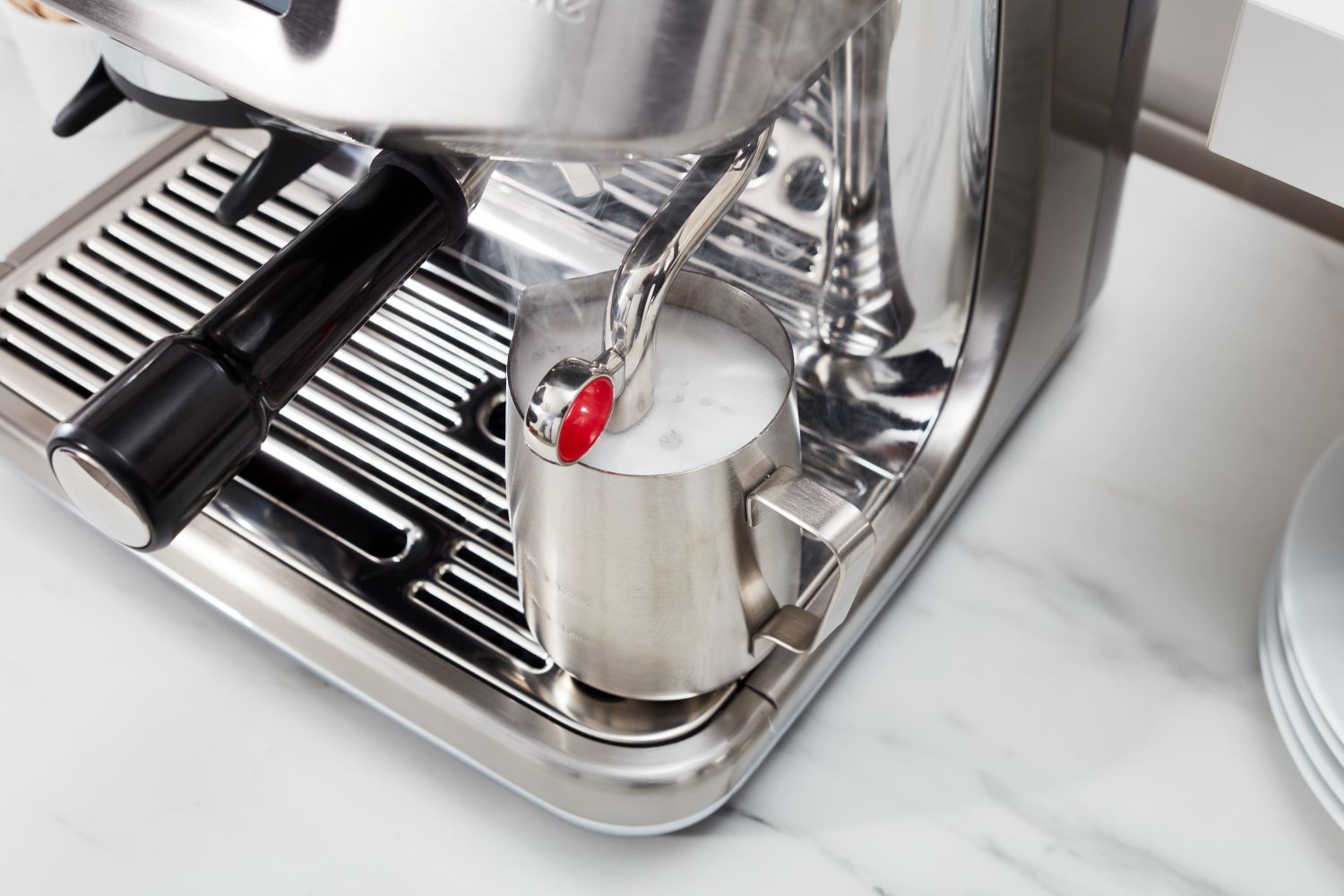
How to steam milk
If you want to froth milk for a latte or cappuccino, here’s where the steam wand comes into play. The steam wand is typically made of metal and is located on the side of the espresso machine. It uses pressurized steam to heat and froth the milk, creating a creamy, velvety texture.
To use the steam wand, you’ll need to place a pitcher of the milk of your choice underneath it. Turn on the steam wand and let it run for a few seconds to purge any residual water. Then, insert the wand into the milk and hold the pitcher at a slight angle. The steam will heat and froth the milk, creating a creamy foam—but perfecting your foam technique takes practice and patience. You’ll need to learn the proper technique for frothing milk, and it may take some trial and error to get it right.
Want to get a barista-quality cup, every time? Check out our guide, “Everything You Need to Make Barista Quality Coffee at Home.”
How to clean your espresso machine
Keeping your espresso machine clean is crucial for maintaining its performance and ensuring that it continues to produce high-quality espresso shots. Regular cleaning can also prevent the buildup of mineral deposits and bacteria that can affect the flavor of your coffee and potentially damage your machine over time. Follow these tips and this general maintenance schedule to keep your espresso machine in tip-top shape.
Daily Cleaning:
After each use, wipe down the steam wand and portafilter with a damp cloth to remove any milk or coffee residue. This prevents buildup and ensures that the machine is clean and ready for the next use. It’s also good to empty the drip tray and rinse it with water and remove any spent coffee grounds from the portafilter.
Weekly Cleaning:
About once a week, it’s important to give your espresso machine a deeper clean. Start by removing the portafilter and running water through the group head to flush out any remaining coffee grounds. Then, soak the portafilter and steam wand in a solution of hot water and espresso machine cleaner for 15–20 minutes. Rinse both pieces thoroughly with water and let them dry.
Every 3 to 6 Months:
Over time, mineral deposits from water can build up in your espresso machine, affecting its performance and even the flavor of your espresso. Depending on the hardness of your water, you’ll want to descale your espresso machine about 2–4 times a year to prolong its lifespan.
How to descale your espresso machine
Always reference the manufacturer’s instructions for your specific machine, but these cleaning steps will offer you some guidance to help prolong the life of your espresso machine and ensure that it’s producing the best possible espresso shots.
- Prepare the descaling solution: Most espresso machine manufacturers sell specific descaling solutions that are designed for their machines. For a more natural descaling solution, mix equal parts of white vinegar and water, or use citric acid.
- Empty the water tank: Before descaling, empty the water tank of any remaining water.
- Fill the tank with the descaling solution: Pour the descaling solution into the water tank, following the manufacturer’s instructions. Fill the tank with water to the maximum level.
- Run the descaling solution through the machine: Turn on the machine and run the descaling solution through the machine. Depending on your machine, you may need to press a specific button or follow a certain sequence of buttons to start the descaling process.
- Rinse the machine: Once the descaling solution has run through the machine, rinse it thoroughly with clean water to remove any remaining solution. You may need to run several cycles of water through the machine to ensure that all the descaling solution has been removed.
How to care for your espresso machine
Caring for your espresso machine goes beyond descaling it—but with proper maintenance, you can keep your espresso machine in top condition and ensure that it continues to produce high-quality espresso shots for years to come. Here are a few tips for caring for your machine on a daily basis:
- Use high-quality water: The quality of the water you use in your espresso machine can have a big impact on the flavor of your coffee and the lifespan of your machine. Use high-quality, filtered water that is free of minerals and impurities to prevent buildup and damage to the machine.
- Backflush the machine: Backflushing is different than descaling and is a process that involves running water through the machine to clean out any buildup in the group head. This should be done every week or two, depending on how frequently the machine is used. Always be sure to follow the manufacturer’s instructions for your specific machine.
- Replace the gasket: The gasket is a rubber seal that sits between the portafilter and the group head. Over time, the gasket can become worn and may need to be replaced. Check the gasket regularly and replace it if it appears cracked or worn.
- Keep the machine clean and dry: Make sure to keep the machine clean and dry at all times. Wipe down the exterior with a damp cloth and dry it thoroughly to prevent water damage or rust. Keep the machine in a dry, well-ventilated area to prevent mold or mildew growth.
Calibrating your espresso machine
Calibrating an espresso machine is an important part of achieving consistently great espresso shots. The process involves adjusting the machine’s settings to ensure that it’s brewing coffee at the correct temperature, pressure and volume—but getting it right does take some practice and patience.
It may also take some trial and error to find the ideal settings for your machine and the coffee you’re using. Keep in mind that the ideal settings may vary depending on the type of coffee, roast level and brewing technique, so be prepared to adjust the settings accordingly. By taking the time to calibrate your machine, you can ensure that you’re producing consistently great espresso shots every time.
Follow these steps to learn how to calibrate your espresso machine at home:
- Check the temperature: Start by checking the temperature of the water. Use a thermometer to measure the water temperature as it comes out of the group head. The ideal temperature for brewing espresso is between 195–205°F (90–96°C). If the temperature is too high or too low, adjust the machine’s thermostat accordingly. Refer to the manufacturer’s instructions for your specific machine.
- Check the pressure: Next, check the pressure of the machine. Most espresso machines have a pressure gauge that indicates the machine’s output pressure. The ideal pressure for brewing espresso is typically between 8–10 bars. If the pressure is too high or too low, adjust the machine’s pressure regulator accordingly.
- 3. Adjust the grind: The grind of the coffee beans can have a big impact on the flavor of the espresso. Adjust the grind setting on your grinder until the coffee is ground to the correct fineness for your machine. The ideal grind setting will depend on your machine and the type of coffee you’re using.
- Dose the coffee: The amount of coffee you use, or the dose, can also affect the flavor of the espresso. Use a digital kitchen scale to measure the amount of coffee you’re using, and adjust the dose until you’re using the correct amount for your machine. The ideal dose will depend on your machine and the type of coffee you’re using.
- Adjust the shot volume: Finally, adjust the shot volume to ensure that the machine is producing the correct amount of espresso. Use a shot glass to measure the amount of espresso that the machine is pulling and adjust the shot volume until it’s pulling the desired amount.
Hungry for more? Explore our collection of top-of-the-line espresso machines from Breville, JURA, De’Longhi and more.







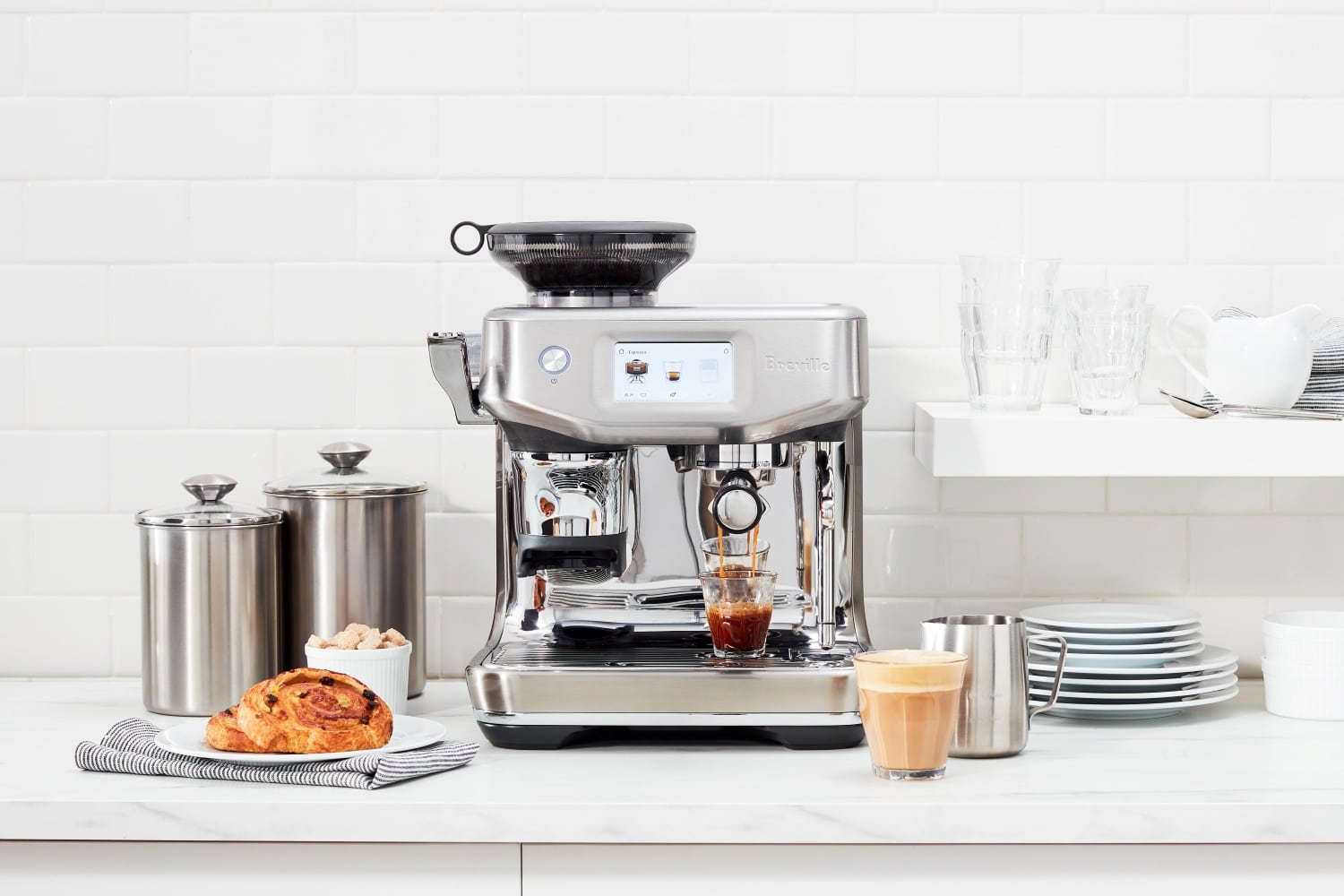
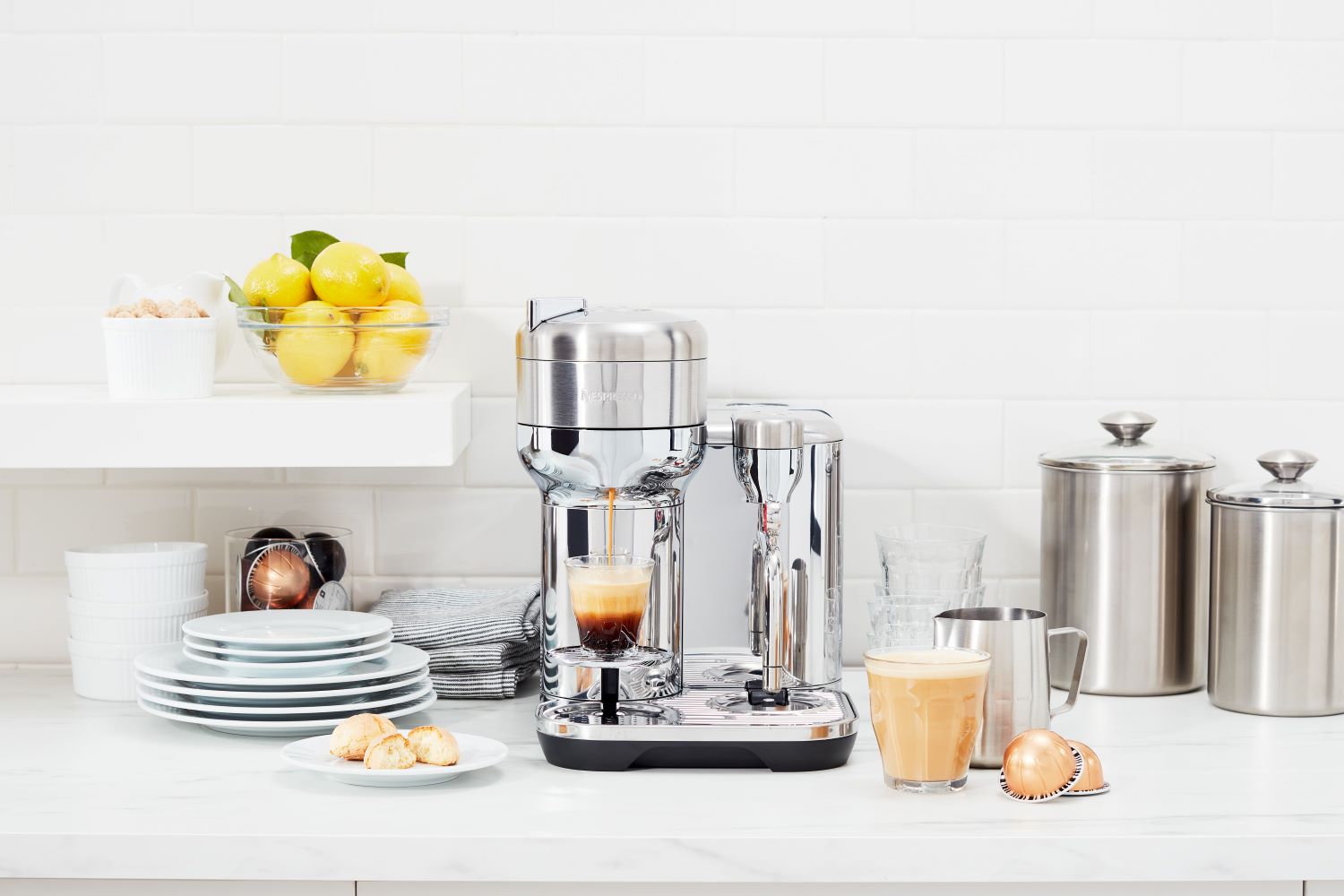
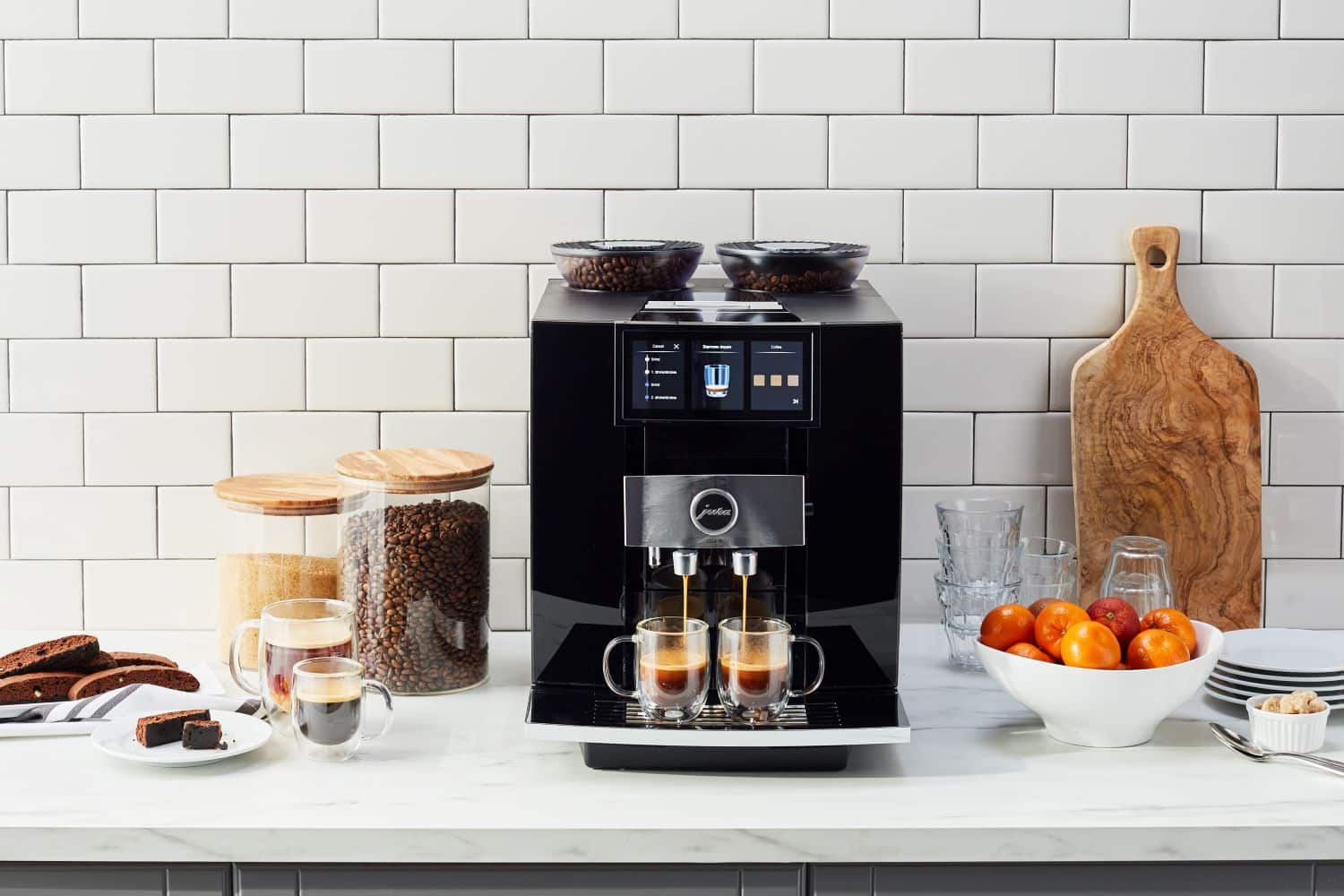
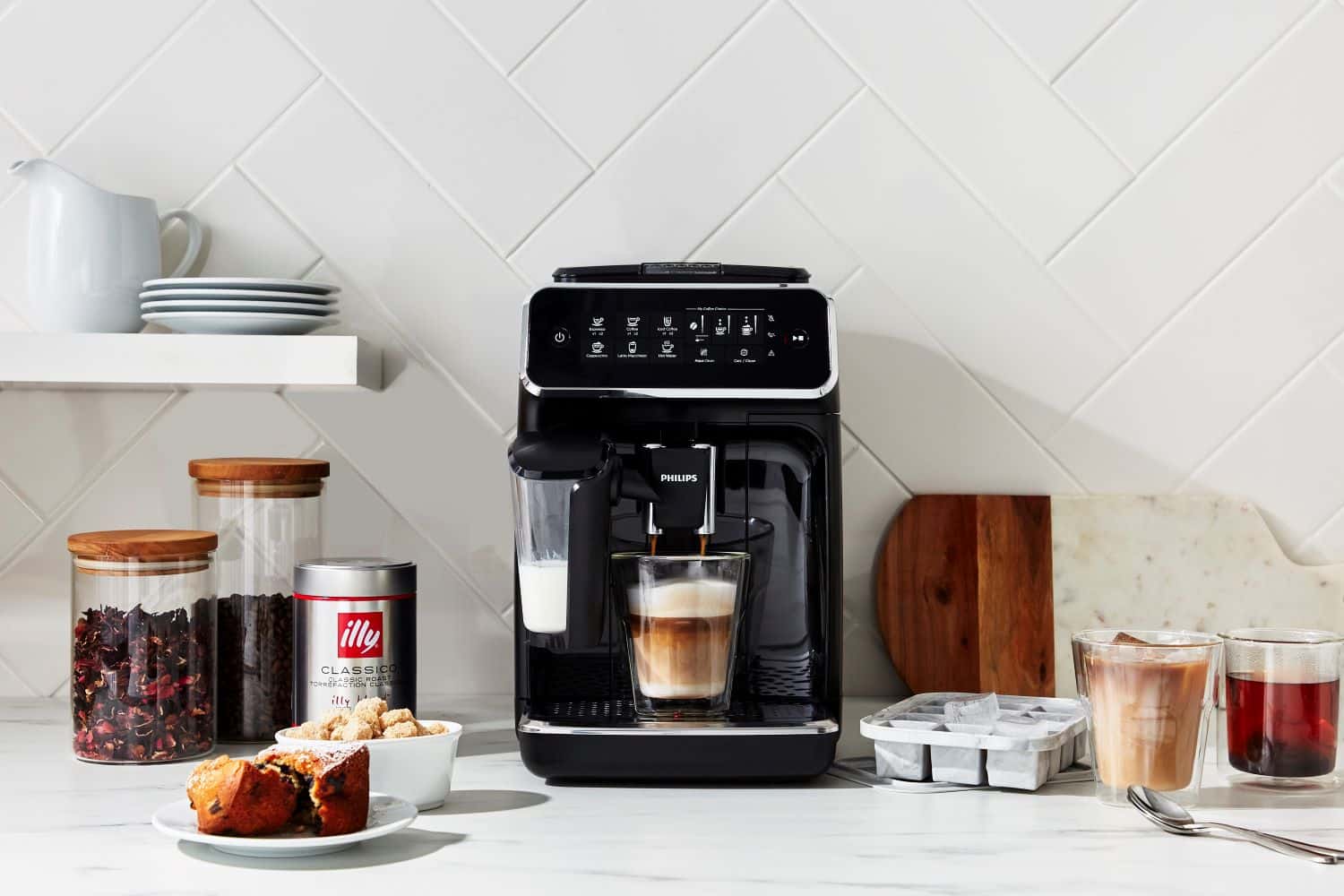
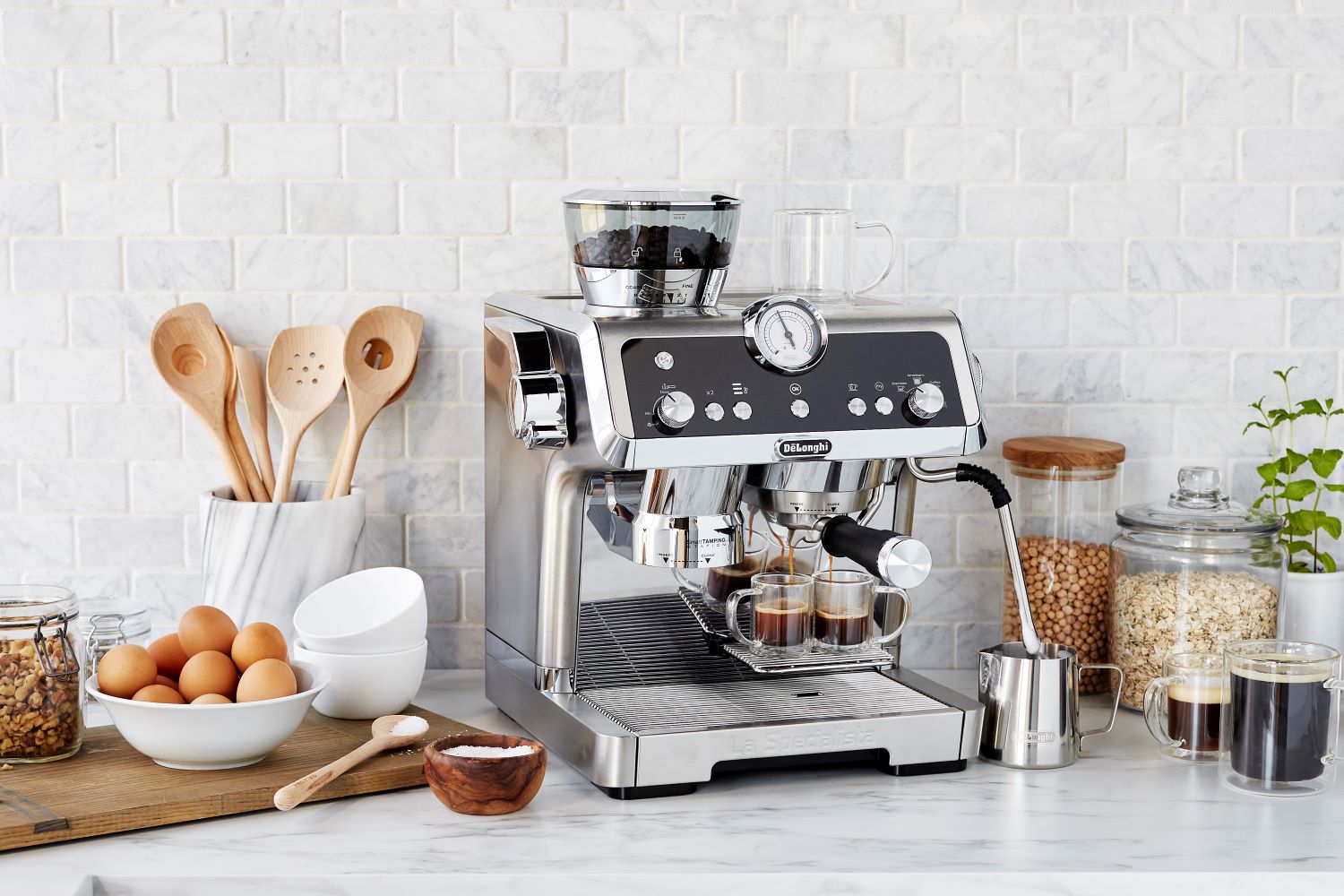


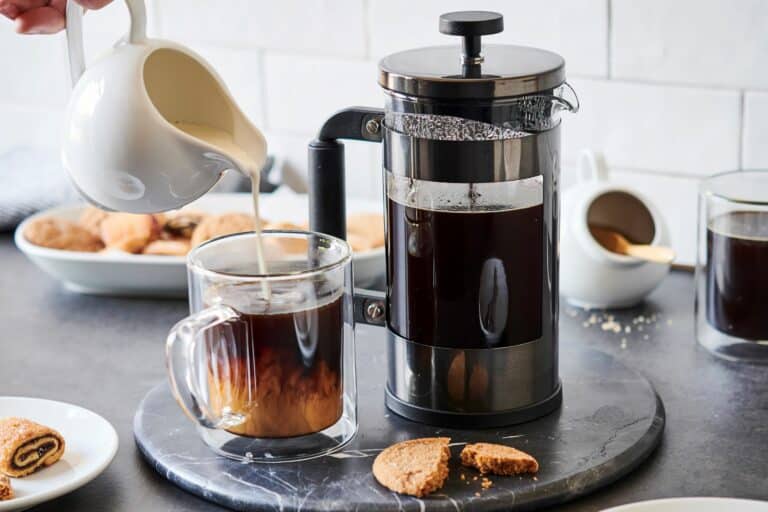
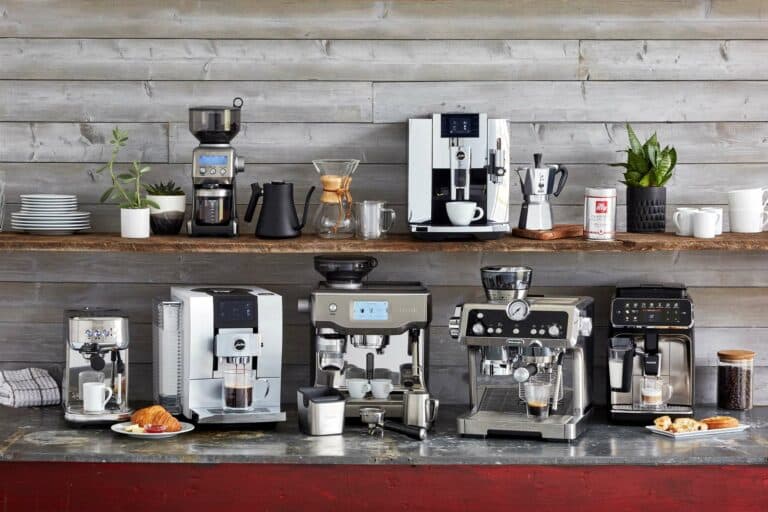


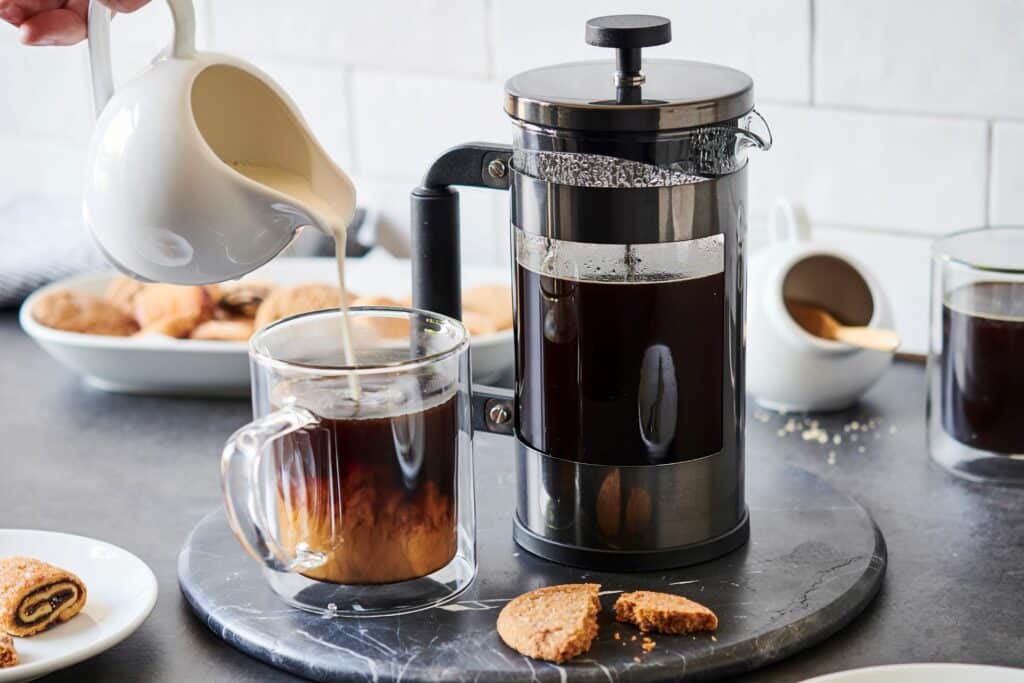

JOIN THE CONVERSATION